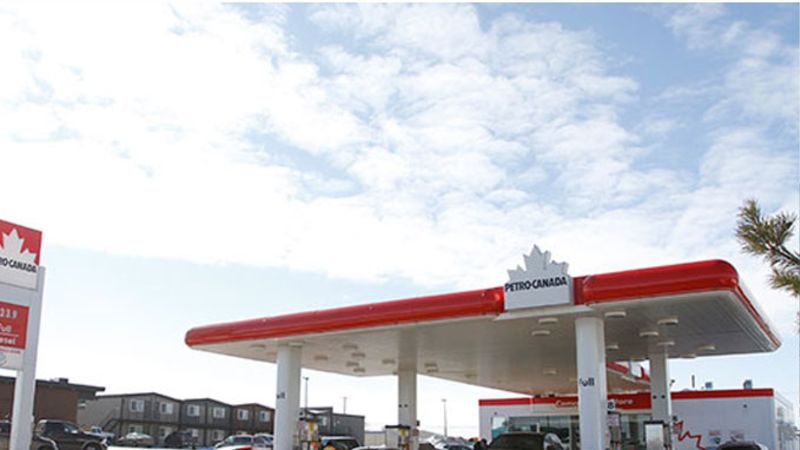
Yearend Coverage: Husky Energy oil spills taints North Saskatchewan River
In our increasingly green energy focused society, the threat of oil spills from the many pipelines criss-crossing the globe was a focus in the news this year.
Prince Albert and the Battlefords found themselves in the spotlight after more than 200,000 litres of oil flooded the North Saskatchewan River on Wednesday, July 20, forcing residents to find alternative water sources.
Panic ensued as the booms set up at the site of spill failed and oil worked its way down to Prince Albert’s water intake. It took four days for the oil to reach the city, in which time locals frantically filled jugs and personal water reservoirs.
Everyone questioned how an oil spill like this could have happened, and there were serious concerns about when exactly the spill occurred.


